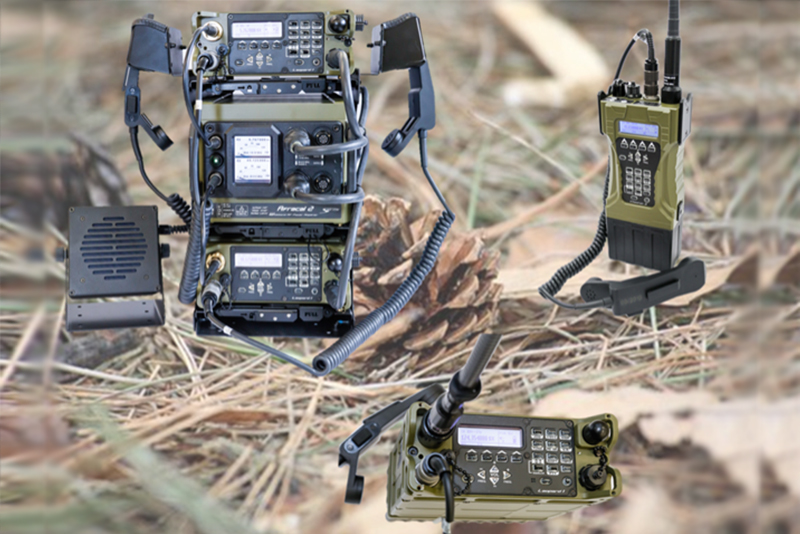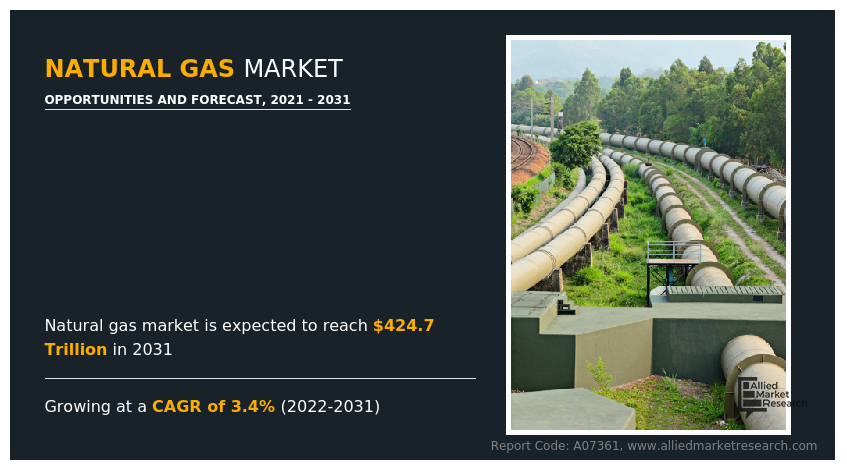Allied Market Research recently published a report, titled, “Tactical Communication Market by Component (Hardware, Software), by Technology (SATCOM, VHF/UHF/L-Band, HF Communication, Data Link), by Platform (Airborne, Ground, Naval, Space), by Application (Command & Control, Intelligence, Surveillance & Reconnaissance (ISR), Situational Awareness, Routine Operations): Global Opportunity Analysis and Industry Forecast, 2021-2031.” As per the report, the global tactical communication industry was estimated at $20.05 billion in 2021, and is set to reach $46.55 billion by 2031, growing at a CAGR of 8.71% from 2022 to 2031. The report offers a detailed analysis of changing market trends, top segments, key investment pockets, value chain, regional landscape, and competitive scenario.
Drivers, restraints, and opportunities
Technological breakthroughs such as ear canal earphone production, passive and active noise cancellation equipment, and improved communication technologies boost the growth of the global tactical communication market. Moreover, integration of military SATCOM in defense communications, technological breakthroughs in network-based warfare and satellite communications, and the rise in demand for land communication systems aid the global market growth. Nonetheless, low bandwidth for communications and scarcity of semiconductors are some of the factors that can impede the growth of the market across the globe. However, integration of tactical communications software and smartphones and increase in government spending on military applications are projected to create new growth opportunities for the global market in the coming years.
Covid-19 scenario:
- The COVID-19 pandemic adversely affected the production of communications equipment, thereby negatively impacting the expansion of the global tactical communication market.
- Shortage of semiconductors across the globe due to the COVID-19 outbreak impeded the growth of the global market.
- Disruption in supply chain activities resulting in a delay in production cycles led to huge losses for firms, thereby hindering the growth of the global market during the COVID-19 pandemic.
The hardware segment to dominate the global market in terms of revenue by 2031
Based on the component, the hardware segment contributed to the highest market share in 2021, accounting for more than three-fourths of the global tactical communication market share. Reportedly, this segment is predicted to contribute majorly toward overall market share by 2031. The growth of the segment over the forecast period can be attributed to a rise in the production of advanced hardware components in the system. In addition, the key players operating in the industry have been developing new systems such as RADAR, LiDAR, sensors, and scanners which help in effectively establishing communication. This is predicted to lead to segmental growth over the forecast timeframe. However, the software segment is predicted to register the fastest CAGR of nearly 10.8% from 2022 to 2031. The segmental growth can be credited to the growing trend of advanced communication systems to be used in a slew of industries such as the aviation industry and automobile industry. This will lead to the growth of the segment.
The VHF/UHF/L-Band segment to hold the major market share over 2022-2031
On basis of technology, the VHF/UHF/L-Band segment accounted for the highest market share in 2021, contributing one-third of the global tactical communication market share. The segmental expansion over the forecast timeline can be attributed to the ability of VHF/UHF/L-Band in offering voice communication between ground stations and aircraft. The VHF & UHF antennas are suitable for line-of-sight solutions that provide high-end accuracy. The demand for UHF bands is expected to grow, owing to their ability to provide in-flight radio communications and television broadcasting. However, the SATCOM segment is projected to record the highest CAGR of about 11.59% in 2031. The growth of the segment can be credited to the ability of SATCOM in offering mission updates to military aircraft. Moreover, SATCOM provides beyond line-of-sight communications, which can cover one-third of the earth or more on a single satellite. The report also provides an overall analysis of the segments such as the HF Communication segment and Data Link segment.
The command & control segment to dominate the global market by 2031
In terms of application, the command & control segment contributed to the major share in 2021, accounting for more than two-fifths of the global market share. The growth of this segment can be attributed to its ability in enabling efficient directions during the war period through proper designing of the interconnection between integrated systems. The increasing concern over border security along with the rise in global terrorism provides the large potential for command and control within a military system will further boost the segmental surge. Nonetheless, the routine operations segment is expected to register the highest CAGR of 11.01% during the forecast period. The segmental growth can be credited to a huge demand for advanced communication systems across various activities.
North America to maintain global market domination over 2022-2031
By Region, North America contributed notably toward the global tactical communication market share in 2021, and is projected to continue its dominance during the forecast period. The region accounted for nearly two-fifths of the global market share in 2021. The growth of the market in the region over the forecast timespan can be credited to the massive use of tactical communication tools as key components of remote sensing, communications systems, and GPS systems in countries such as the U.S., Mexico, and Canada. However, the Asia-Pacific region is anticipated to record the fastest CAGR of 10.26% from 2022 to 2031. The growth of the regional market over the forecast period can be attributed to the rise in regional conflicts paving way for demand for modern military aircraft communication avionics for combat applications. Military aircraft communication is also used for other purposes, such as humanitarian aid, troop transportation, rescue operations during natural disasters, and supplying logistics to forward bases, which also contributes to the regional market growth.
The report analyzes these key players in the global tactical communication market. These players have implemented key business strategies such as strategic expansion, new product launches, alliances, and joint ventures for enhancing market penetration and reinforcing their position in the industry. The report helps the target audience in determining the market performance, performance of each segment, product portfolio development in the market, and contributions made by each player to the market growth.
Similar Reports We Have on Communication Industry:
Marine Navigation And Communication System Market by System (Navigation and Communication), Type (Electronic Navigations Chart and Chart Plotter), Platform (Submarines, Surface Ships, and Unmanned systems), Application (Ship, Remotely Operated Underwater Vehicle, Autonomous Underwater Boat, and Vehicles), End Use (Defense and Commercial), Industry Vertical (Military & Defense, Metal Industry, and Others): Global Opportunity Analysis and Industry Forecast, 2019–2030.
Man-Portable Military Communication Systems Market by Communication Type (Satellite, and Radio), Platforms (Land, Airborne, and Naval), Application (Software Defined Radios, SATCOM, Encryption, Smartphones, Homeland Security, and Commercial): Global Opportunity Analysis and Industry Forecast, 2021–2030.
Military Aircraft Communication Avionics Market by Aircraft Type (Combat Aircraft, Special Mission Aircraft, Tanker and Transport Aircraft, Combat Helicopters, Training Aircraft and Helicopters), by Component (Antenna, Transponder, Receiver, Transmitter, Display and Processors), by Sales Channel (OEM, Aftermarket), by Solution (SATCOM, VHF and UHF, HF and MF): Global Opportunity Analysis and Industry Forecast, 2020-2030.





